Community Repair vs Dealership: Which Is Best for Your Car?
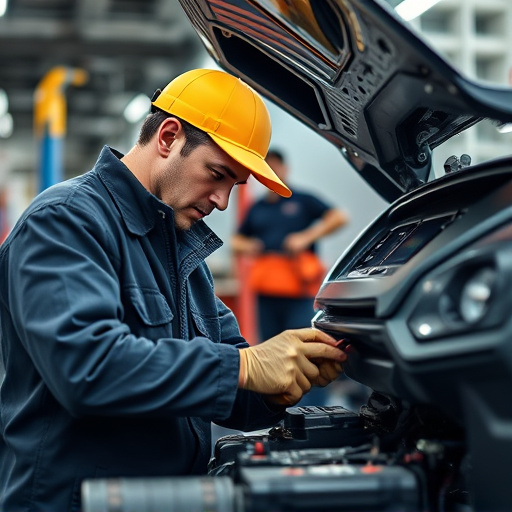
When choosing between dealership and community collision repair services, consider priorities: deale…….
In an era where communities are increasingly interconnected, the concept of Community Collision Repair has emerged as a transformative force. This phenomenon involves collaborative efforts to address and resolve conflicts at a local level, fostering harmony within neighborhoods, towns, and cities. It is a community-driven approach that aims to heal social rifts, promote understanding, and build resilient, cohesive societies. This article delves into the intricacies of community collision repair, exploring its definition, global impact, economic implications, technological innovations, policy landscape, challenges, successful case studies, and future prospects. By the end, readers will gain a comprehensive understanding of this vital concept and its potential to shape more harmonious communities worldwide.
Definition: Community Collision Repair is a holistic process that focuses on identifying and mitigating conflicts within a specific community or geographic area. It involves a range of activities designed to mend broken relationships, resolve disputes, and build bridges between individuals, groups, or organizations. This approach aims to create a safer, more inclusive environment by addressing the root causes of conflicts and promoting peaceful coexistence.
Core Components:
Conflict Identification: The first step is recognizing and identifying the sources of tension within the community. These conflicts can arise from various factors such as cultural differences, neighborly disputes, racial or ethnic tensions, resource scarcity, or competing interests.
Stakeholder Engagement: Involving all relevant stakeholders is crucial. This includes community members, local leaders, government agencies, non-profit organizations, and any other entities with a stake in the resolution process. Active participation ensures diverse perspectives are considered.
Facilitation and Mediation: Skilled facilitators or mediators play a critical role in guiding conversations, fostering open dialogue, and helping stakeholders reach mutually agreeable solutions. These professionals ensure every voice is heard and help navigate complex issues.
Restorative Practices: Restorative justice principles are often employed to promote healing and accountability. This involves bringing parties together to share perspectives, understand each other’s experiences, and work towards reparative actions that address the harm caused by the conflict.
Community Building Activities: Organizing social events, workshops, or community service projects helps strengthen bonds between neighbors, fostering a sense of belonging and collective responsibility for the well-being of the area.
Historical Context: The concept of community collision repair has its roots in the principles of restorative justice and conflict resolution practices that have been evolving over centuries. However, it gained prominence in recent decades as communities worldwide began to seek more collaborative and holistic approaches to address growing social complexities. This shift was catalyzed by increasing awareness of the limitations of traditional top-down conflict management strategies and a desire for more empowering, community-driven solutions.
Significance: In an increasingly diverse and interconnected world, community collision repair is vital for several reasons:
Community Collision Repair has gained international recognition and adoption, with each region adapting the concept to suit its unique cultural and social contexts.
| Region | Key Trends and Initiatives | Notable Success Stories |
|---|---|---|
| North America | The US and Canada have seen a rise in community-based conflict resolution programs, often integrated into local government structures. | The City of Chicago’s Neighborhood Conflict Resolution Center has successfully mediated thousands of disputes, reducing violence and improving community relationships. |
| Europe | Many European cities are embracing restorative justice practices, particularly in addressing youth-related offenses and gang conflicts. | The London-based Restorative Justice Foundation has been instrumental in training professionals and promoting best practices across the continent. |
| Asia Pacific | Countries like Japan and South Korea have traditional practices of conflict resolution within communities, which are being formally recognized and integrated into modern strategies. | In Australia, the Victoria Legal Aid’s Community Resolution Service has facilitated resolutions in diverse communities, from urban neighborhoods to remote indigenous villages. |
| Middle East & Africa | The region is witnessing the emergence of community-led initiatives, often driven by local NGOs and community leaders addressing ethnic and religious tensions. | The Open Society Foundations’ work in Morocco supports community mediation efforts, leading to improved dialogue between different cultural groups. |
| Latin America | Community collision repair is gaining traction in urban centers, with programs focused on gang violence prevention and neighborhood harmony. | Brazil’s “Pacifica” program has shown promising results in reducing gang-related conflicts in high-risk areas. |
The economic implications of community collision repair are multifaceted, affecting both the local and national economies.
Market Dynamics: The demand for community-based conflict resolution services is growing, creating new market opportunities for specialized organizations, consultants, and trainers. This includes:
Investment Patterns: Governments, foundations, and private investors are increasingly recognizing the long-term economic benefits of community collision repair, leading to increased funding for related initiatives. These investments often target:
Economic Impact: Successful community collision repair efforts can result in:
Technology plays a significant role in modernizing community collision repair practices, improving accessibility, and expanding reach.
Online Conflict Resolution Platforms: Digital tools enable remote mediation and dispute resolution, breaking down geographical barriers. These platforms provide secure, user-friendly interfaces for stakeholders to communicate, share documents, and collaborate on resolutions.
Data Analytics for Conflict Tracking: Advanced analytics can identify patterns and emerging issues within communities. This data helps organizations allocate resources effectively and develop targeted interventions.
Mobile Applications: Apps designed for community harmony may offer features like conflict reporting, neighborhood watch groups, or access to local support services, enhancing community engagement.
Virtual Reality (VR) Training: VR technology provides immersive training experiences for mediators and facilitators, allowing them to practice skills in simulated conflicts scenarios. This enhances preparedness and confidence.
The development of community collision repair is heavily influenced by policy frameworks and regulations that vary across jurisdictions.
Key Policies:
Restorative Justice Legislation: Many countries have enacted laws or guidelines promoting restorative justice practices, providing a legal framework for community collision repair initiatives.
Community Development Funding: Governments often offer grants and funding opportunities to support community-based organizations involved in conflict resolution and social cohesion projects.
Data Privacy Regulations: With the increasing use of technology, data privacy laws must be considered to ensure the secure handling of sensitive information shared during conflict resolution processes.
Regulatory Bodies: Various agencies and ministries are responsible for overseeing and regulating community collision repair activities:
Despite its potential benefits, community collision repair faces several challenges and criticisms. Addressing these issues is crucial to ensure the effectiveness and sustainability of such initiatives.
Challenges:
Stigma and Misconceptions: There is often a misconception that community collision repair is weak or soft on crime, which can deter participants, especially in high-conflict areas.
Resource Constraints: Securing adequate funding and human resources can be challenging, particularly for smaller communities or those with limited government support.
Cultural Barriers: Different cultural contexts may have unique approaches to conflict resolution, making it challenging to implement universally accepted practices.
Training and Expertise: Skilled mediators and facilitators are essential, but finding and retaining qualified professionals can be difficult in some regions.
Scalability: Scaling successful community collision repair models from small-scale initiatives to larger urban areas presents significant challenges.
Criticisms:
Ineffectiveness in Extreme Cases: Critics argue that community collision repair may not be suitable for severe crimes or violent conflicts, where legal action and strict justice are preferred.
Lack of Accountability: Some worry about the potential for compromised outcomes when power dynamics are at play, especially in cases involving marginalized groups.
Time-Consuming Process: The restorative process can be lengthy, requiring significant time investment from participants, which may not always be feasible.
To address these issues, the following strategies can be implemented:
Case Study 1: Harlem Community Conflict Center (New York, USA)
The Harlem Community Conflict Center (HCCC) is a prime example of effective community collision repair in action. HCCC provides mediation, arbitration, and restorative justice programs to address conflicts within the diverse communities of New York City’s Harlem neighborhood. Their approach involves:
Outcomes: HCCC has successfully mediated hundreds of disputes, reduced violent crime rates in the area, and fostered a sense of community ownership over conflict resolution processes.
Case Study 2: Kuupio Community Reconciliation (Finland)
In the small town of Kuupio, Finland, a community-led reconciliation process brought together residents from different cultural backgrounds after a period of tension. The initiative involved:
Impact: The Kuupio project led to improved relationships between previously divided groups, increased trust, and a more cohesive community. It also inspired similar initiatives in other Finnish towns facing similar challenges.
The future of community collision repair holds immense potential as societies continue to navigate an increasingly complex and diverse world.
Emerging Trends:
Digital Integration: The integration of advanced technologies, such as AI-driven conflict analysis tools and virtual reality training, will enhance accessibility and efficiency.
Youth Engagement: Involving youth in conflict resolution processes and peer mediation programs will ensure relevant, culturally sensitive practices for future generations.
Cross-Sector Collaboration: Partnerships between community organizations, government agencies, and private businesses will drive innovative solutions and resource sharing.
Growth Areas:
Urban Conflict Resolution: With rapid urbanization, addressing neighborhood disputes, gang violence, and community tensions in urban areas will be a significant focus.
Post-Conflict Reconciling: Countries emerging from conflict will require robust community collision repair initiatives to heal divisions and build sustainable peace.
Global Knowledge Sharing: The exchange of best practices and successful models across regions will contribute to the evolution and refinement of these approaches.
Community Collision Repair is a powerful concept that empowers communities worldwide to address conflicts, foster understanding, and build resilience. By delving into its definition, global impact, economic implications, technological advancements, policy landscape, challenges, and successful case studies, this article has provided a comprehensive overview of this vital field. The future prospects suggest an even brighter outlook as technology, youth engagement, and cross-sector collaboration drive innovation and growth.
As communities continue to navigate complexities, embracing community collision repair offers a holistic, empowering approach to conflict management that strengthens social bonds and paves the way for more harmonious societies. By investing in these initiatives, governments, organizations, and individuals can contribute to creating a more peaceful and cohesive world.

When choosing between dealership and community collision repair services, consider priorities: deale…….
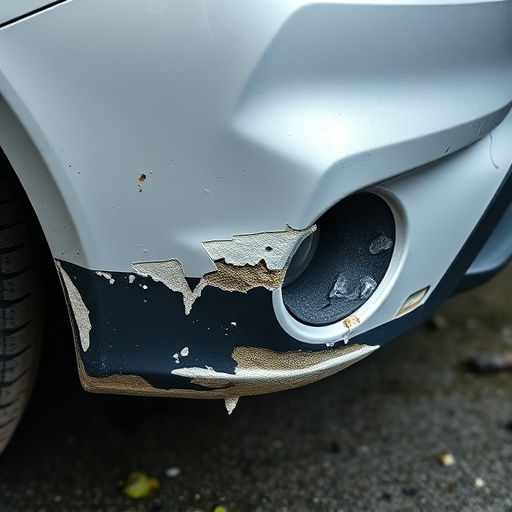
Community collision repair centers serve as vital local resources, offering specialized services tai…….
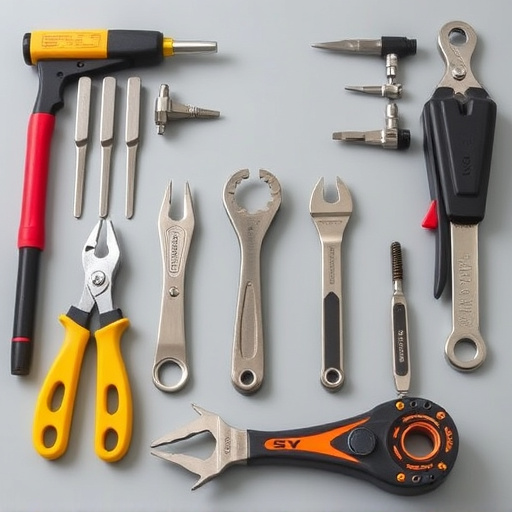
Community collision repair services thrive by integrating into their neighborhoods through sponsorsh…….
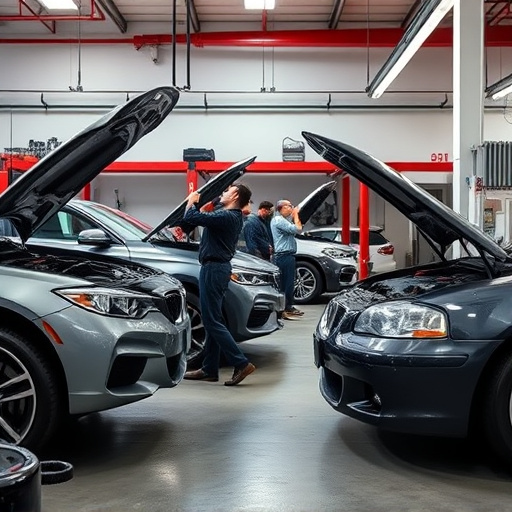
Community Collision Repair focuses on customer satisfaction and community well-being through transpa…….
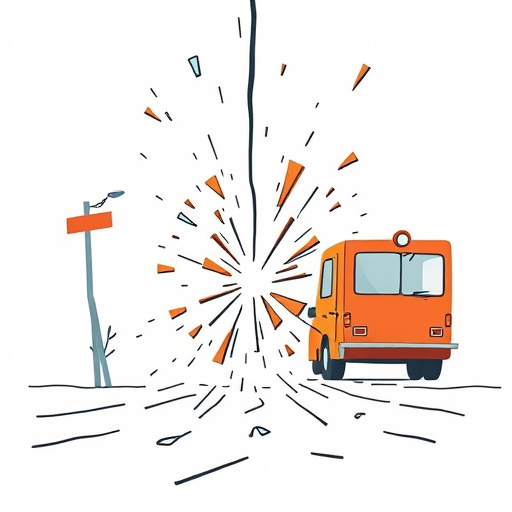
Community collision repair initiatives leverage local automotive expertise to streamline vehicle res…….

Community collision repair boosts local economies, creates jobs, and promotes sustainability with ec…….

In a competitive digital market, community collision repair shops stand out by offering personalized…….
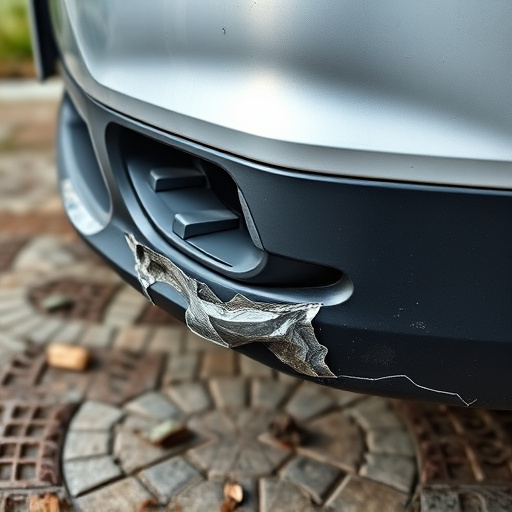
Community Collision Repair prioritizes local relationships and personalized service, addressing uniq…….

Community collision repair services are vital for safe and efficient local transportation, addressin…….
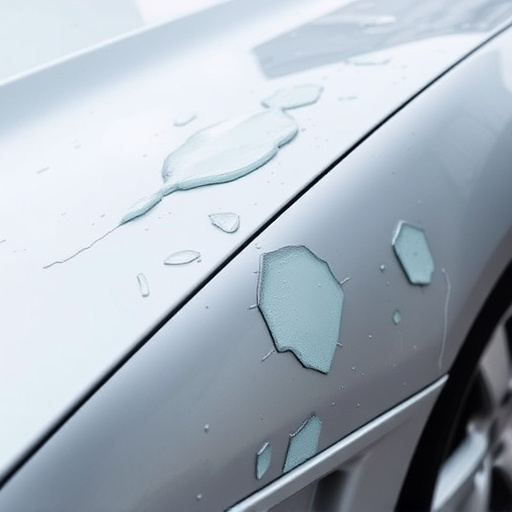
Community collision repair facilities are local heroes offering personalized service and expert tech…….